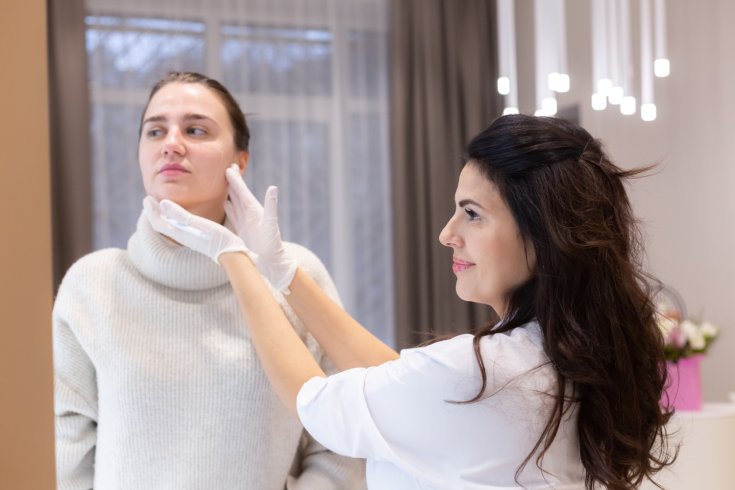All About Your Facelift Recovery
Facelifts, or a rhytidectomy, continues its increasing popularity with over 100,000 surgeries completed annually for some years now. A Rhytidectomy helps to give a more youthful appearance in the face and neck regions by removing excess skin. This procedure can tighten loose, hanging skin around the jaw, neck, and chin as well as remove deep creases around the mouth, nose, and eyes.
Facelifts, or a rhytidectomy, continues its increasing popularity with over 100,000 surgeries completed annually for some years now.…
The full recovery may take a few months, but the first month is when most of the healing takes place. Noticeable swelling should decrease in the first week and a half. Though there are many factors that play into the recovery, most patients from Harley Institute are able to get back to completing their regular activities after their second week of recovery. Read on to learn about the process and protocol for the first month of your facelift recovery.
Day One
Day one will obviously be the most challenging. You should avoid excessive activity and will more-than-likely need pain medication to mitigate the discomfort. At Harley Institute, we recommend you have your family and friends ready to drive you home or to a care facility and take care of you on your first night. You will feel groggy and tired as you come out of the effects of the anesthesia and we recommend you keep your head elevated while resting on your first day.
First Week
Once the first day shock is over, you should be able to, and we encourage you to, get up and move around to get your blood circulation flowing - but don't overdo it. Swelling and bruising will peak in the first week and you may experience some signs of healing which include itching sensations in your incisions. During this first week you may experience facial bumps and some asymmetries, but don't fret as these are common and temporary experiences. By the end of the first week, most people will see the swelling go down and will no longer need pain medication. It is important that you take it easy and follow your Harley Institute doctor's post-operation care instructions.
Second Week
You should see most of the swelling subdued two weeks into the recovery process but may have some mild bruises. You should keep physical activities light and avoid physically strenuous activities. You can return to work around this time only if your work does not involve a lot of physical exertion.
Third Week
Bruising should be completely healed three weeks after your operation and swelling should be minimal. Some light makeup can be used if you are feeling self-conscious about the look. Your face should see significant improvements towards the end of the third week, but you may still experience some slight itching and numbness.
Fourth Week
Your swelling and bruising will be mostly healed one month into your recovery process and no one should be able to notice that you had an operation done. Though your incisions will be mostly healed, you may see some pinkness which should fade with time. Remember to avoid direct sunlight and wear sunscreen to protect your sensitive skin.
Remember to stay in contact with your Harley Institute doctor and follow their post-operation suggestions and directions.







